After years of minimalist dominance, a new aesthetic is emerging in home decor: “cluttercore.” This trend embraces the accumulation of personal items, vibrant colors, and a sense of organized chaos, standing in direct opposition to the stark simplicity of minimalism. Rather than decluttering and paring down, cluttercore celebrates the display of cherished objects, collections, and a more is more approach to interior design. This shift reflects a desire for homes that feel lived-in, personal, and brimming with character, even if it means embracing a bit of delightful disarray.
1. Vintage and Antique Collections
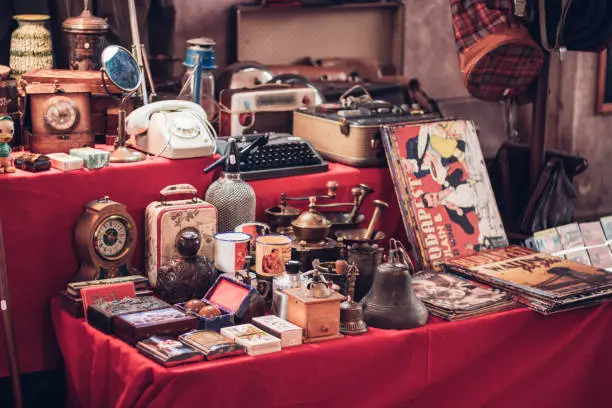
One key element of the cluttercore trend is the embrace of vintage and antique collections displayed prominently throughout the home. Instead of hiding away treasured finds, cluttercore encourages showcasing them on shelves, walls, and tabletops. According to a report by Chairish, a popular online marketplace for vintage furniture and art, there has been a significant increase in interest and sales of unique, one-of-a-kind vintage pieces. This reflects a desire for items with history and character, contributing to the layered and collected look of cluttercore. The celebration of these older items adds a sense of nostalgia and individuality to a space.
These collections can range from vintage glassware and ceramics to antique books and quirky figurines, reflecting personal interests and passions. The more diverse and eclectic the collection, the more it aligns with the cluttercore aesthetic. Unlike the curated restraint of minimalism, cluttercore thrives on abundance and the visual interest created by a multitude of objects. This trend encourages homeowners to embrace their sentimental attachments and display their unique finds with pride.
2. Bold and Patterned Textiles
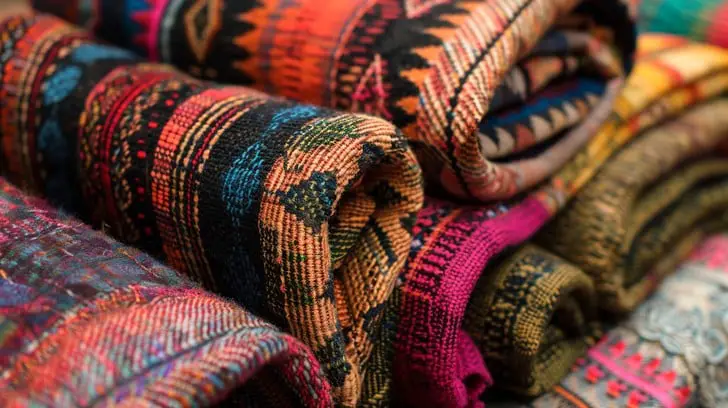
Moving away from the neutral fabrics favored by minimalism, cluttercore embraces bold and patterned textiles in every room. Think floral wallpaper, animal print rugs, and an abundance of colorful throw pillows and blankets. According to trend forecasts from The New York Times, vibrant and maximalist patterns are experiencing a significant resurgence in interior design. This return to bold textiles adds layers of visual texture and personality to a space, contributing to the cozy and maximalist feel of cluttercore. The use of these eye-catching fabrics creates a sense of vibrancy and energy.
Layering different patterns and textures is a hallmark of the cluttercore aesthetic, even if they might traditionally be considered clashing. The goal is to create a rich and visually stimulating environment that reflects a fearless approach to design. This embrace of pattern extends to upholstery, curtains, and even bedding, contributing to the overall maximalist effect. The more patterns and textures incorporated, the more aligned with the cluttercore trend the space becomes.
3. Walls Covered in Art and Ephemera
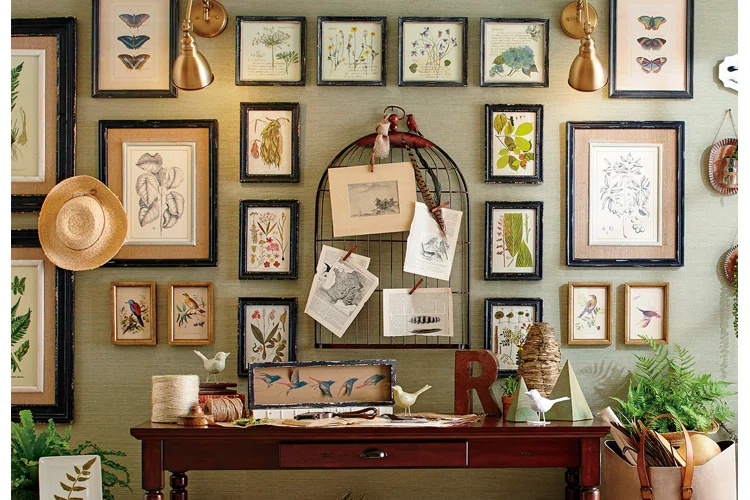
Bare walls are a no-no in the world of cluttercore. Instead, this trend encourages filling every available space with art, photographs, posters, and other personal ephemera. Salon-style walls, where numerous pieces are hung closely together, are a key feature. According to a feature in Architectural Digest exploring the cluttercore trend, these densely decorated walls create a visually rich and engaging backdrop. This maximalist approach to wall decor transforms walls into personal galleries.
The selection of artwork and ephemera is highly personal, reflecting individual tastes, experiences, and memories. This can include everything from high-end art to children’s drawings and found objects. The key is the density and the layering of different pieces, creating a visually stimulating and conversation-starting environment. This maximalist approach to wall decor is a direct rejection of the minimalist preference for empty, uncluttered walls.
4. Shelves Overflowing with Books and Objects
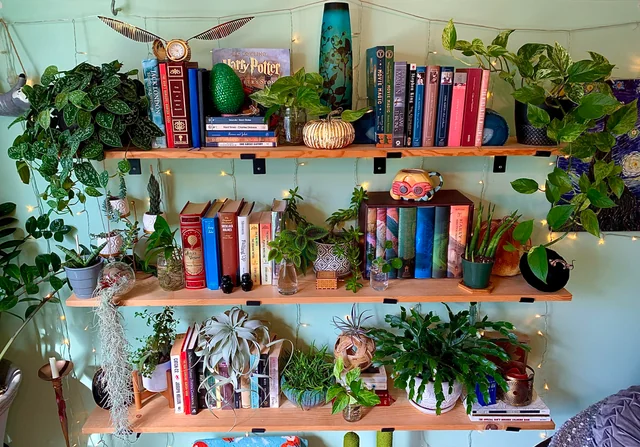
In contrast to the carefully curated and sparsely styled shelves of minimalism, cluttercore embraces shelves overflowing with books, plants, decorative objects, and personal mementos. The goal is to create visually interesting and abundant displays that showcase the homeowner’s interests and collections. According to a trend report from House Beautiful, there has been a rise in searches for unique shelving units and decorative objects to fill them. This reflects a desire to display personal items rather than concealing them. This maximalist approach to shelving turns functional storage into a form of personal expression.
The arrangement of items on cluttercore shelves is often less about strict order and more about creating visually appealing juxtapositions and layers. Books are stacked every which way, plants cascade over the edges, and decorative objects are nestled amongst personal treasures. This abundant and slightly chaotic approach creates a sense of warmth and personality, contrasting with the often-austere and carefully edited shelves of minimalist design.
5. The Return of Knick-Knacks and Trinkets
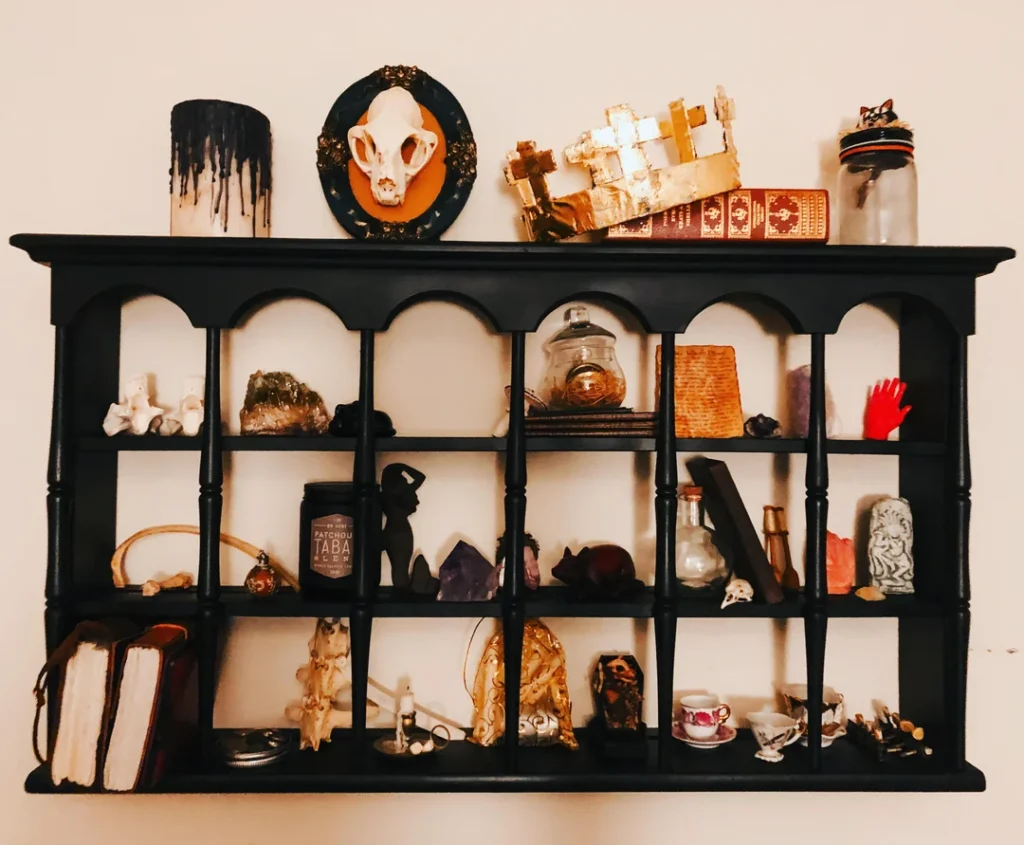
Small decorative objects, often dismissed as clutter in minimalist spaces, are celebrated in cluttercore. Trinkets, souvenirs, and quirky finds are displayed throughout the home, adding personality and a sense of whimsy to every corner. These items, often collected over time and holding sentimental value, contribute to the layered and visually rich aesthetic of cluttercore. The more unique and varied these small objects, the more they enhance the individual character of the space.
Unlike the carefully curated and often impersonal decorative items favored by minimalism, cluttercore embraces the personal narrative embedded in these smaller objects. They tell stories about travels, hobbies, and personal connections, adding layers of meaning to the decor. The abundance of these trinkets and knick-knacks creates a sense of warmth and familiarity, making the home feel more lived-in and less like a showroom. This embrace of small, personal items is a key element of the cluttercore trend.
6. Layered Rugs and Textiles on Floors

Instead of a single, neutral rug defining a space, cluttercore embraces the layering of multiple rugs with different patterns, textures, and even sizes on floors. This creates a cozy and visually rich foundation for the room, adding depth and interest underfoot. The combination of different textiles, from plush wool to patterned kilims, contributes to the overall maximalist feel of the space. This layering of rugs adds warmth and visual complexity to the flooring.
The selection and arrangement of layered rugs in cluttercore often defy traditional design rules, with contrasting patterns and colors intentionally placed together. This eclectic approach adds to the sense of collectedness and individuality that defines the trend. The more layers and textures incorporated on the floor, the more the space aligns with the maximalist principles of cluttercore. This bold use of flooring textiles contributes significantly to the overall aesthetic.
7. An Abundance of Throw Pillows and Blankets
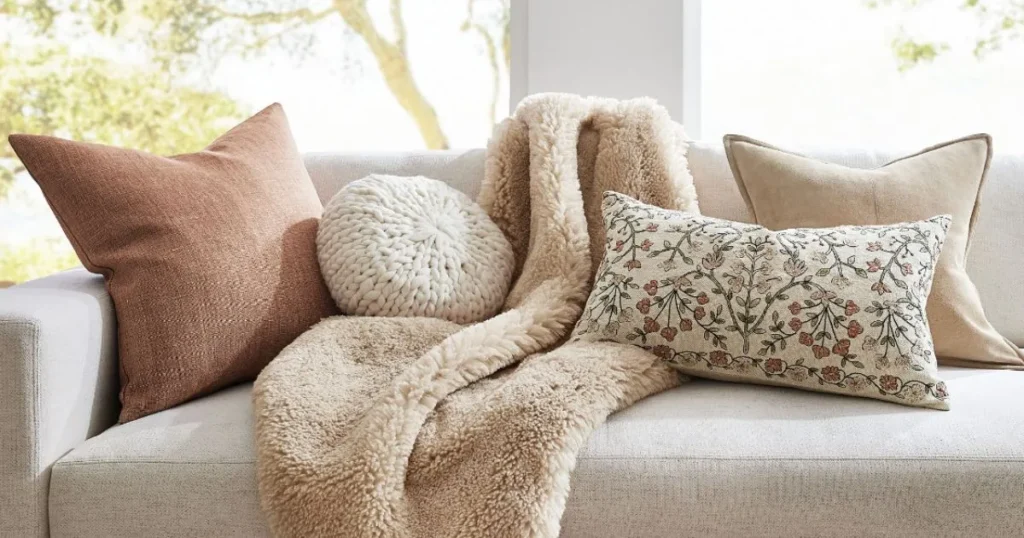
Comfort and visual interest are prioritized in cluttercore with a generous assortment of throw pillows in various shapes, sizes, and patterns adorning sofas, chairs, and beds. Cozy blankets in a multitude of textures and colors are casually draped over furniture, inviting relaxation and adding to the layered look. This abundance of soft textiles creates a sense of warmth and invitation, contrasting with the often sparser textile arrangements in minimalist spaces. The more pillows and blankets, the cozier and more visually engaging the space becomes.
The selection of throw pillows and blankets in cluttercore often reflects a mix of personal preferences and collected finds, with different patterns and textures intentionally combined. This creates a tactile and visually rich environment that encourages comfort and relaxation. The layering of these soft goods adds to the overall maximalist aesthetic, contributing to the feeling of abundance and coziness that defines the trend. This embrace of numerous textiles enhances the lived-in and inviting atmosphere.
8. Plants Everywhere
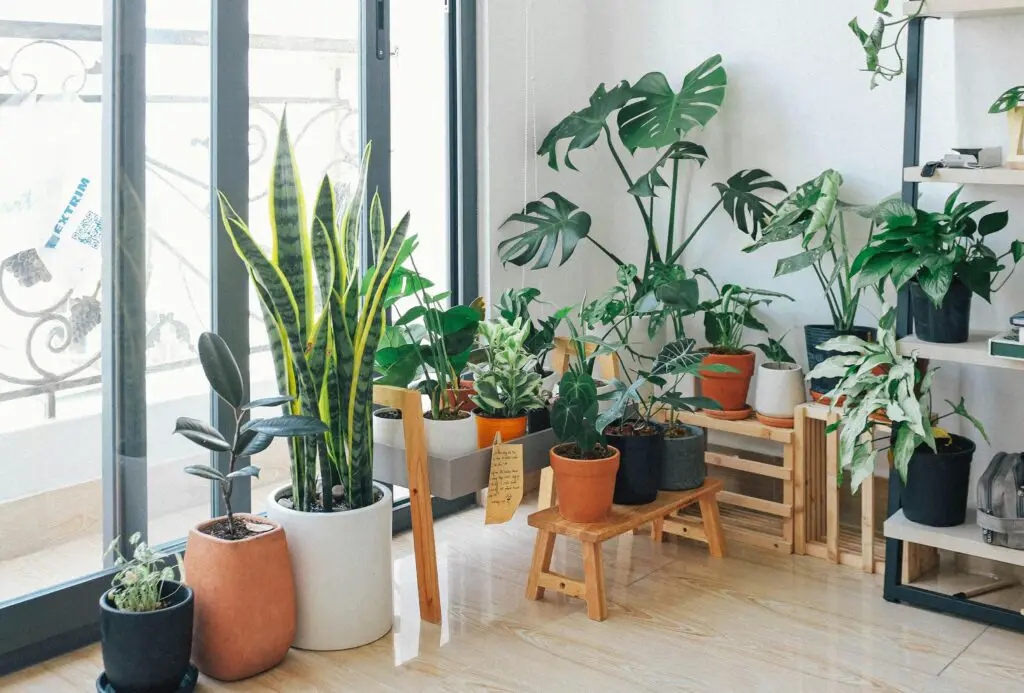
Bringing the outdoors in is taken to the extreme in cluttercore, with numerous plants of all sizes filling every available corner, shelf, and tabletop. From cascading vines to large leafy specimens, the abundance of greenery adds life, color, and a touch of wildness to the interior. This incorporation of nature on a grand scale contributes to the lush and vibrant atmosphere of cluttercore. The more plants, the more alive and visually dynamic the space feels.
The variety of plants in a cluttercore space often reflects a personal passion for horticulture, with different species and sizes intentionally mixed. This creates a mini indoor jungle that adds texture and visual interest to every room. The overflowing greenery contrasts with the often-sparse plant arrangements in minimalist designs, contributing to the maximalist ethos of abundance and natural beauty. This embrace of numerous plants transforms the home into a vibrant and oxygen-rich environment.
9. Mismatched Furniture and Eclectic Arrangements
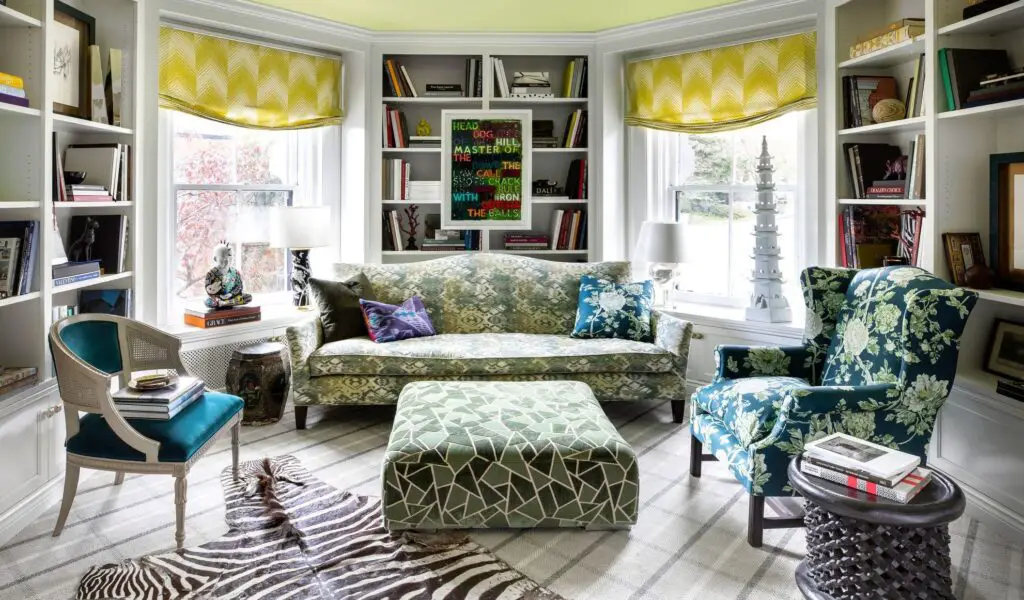
Instead of coordinated furniture sets, cluttercore embraces the mixing of pieces from different eras, styles, and origins, creating a unique and collected-over-time aesthetic. A vintage armchair might sit next to a modern sofa, while an antique coffee table is paired with contemporary side tables. This intentional mismatching of furniture adds character and personality to the space, reflecting a more individual and less uniform approach to design than minimalism. The more varied and eclectic the furniture, the more aligned with the cluttercore trend the room becomes.
This approach to furniture arrangement in cluttercore prioritizes comfort and personal preference over strict adherence to a single design style. Each piece tells a story and contributes to the overall layered and visually interesting environment. The unexpected combinations of furniture styles create a sense of individuality and a home that truly reflects the inhabitants’ unique tastes and experiences, contrasting with the often-streamlined and coordinated furniture choices in minimalist spaces.
10. Bold and Unexpected Color Combinations
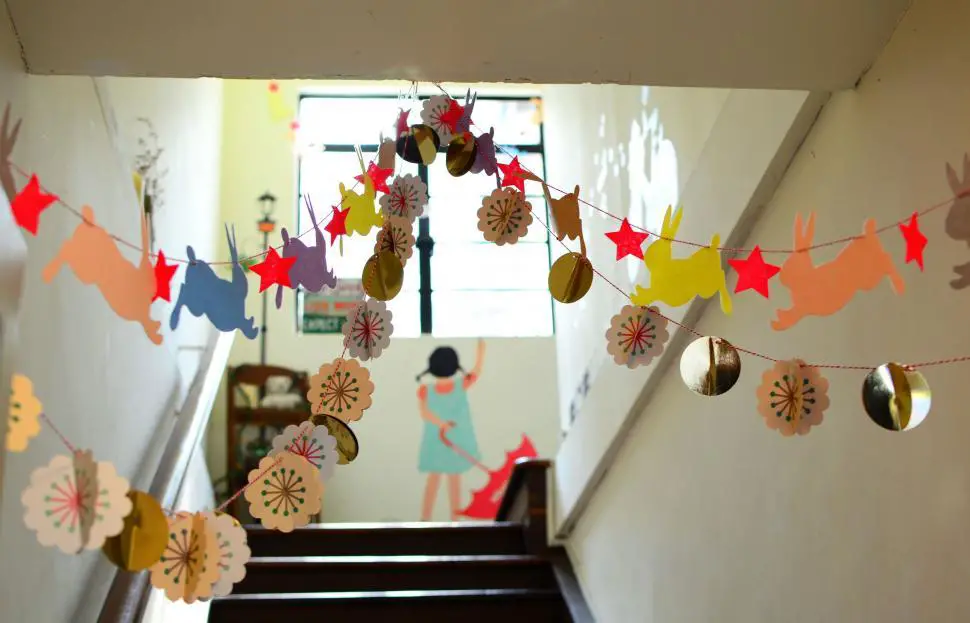
Moving beyond the neutral palettes of minimalism, cluttercore revels in bold and unexpected color combinations, often incorporating vibrant hues in walls, furniture, and accessories. Clashing colors that might traditionally be avoided are embraced, creating a visually stimulating and energetic environment. This fearless use of color adds a strong element of personality and vibrancy to the space, standing in stark contrast to the often-subdued color schemes of minimalist design. The more daring and unconventional the color combinations, the more aligned with the cluttercore aesthetic the room becomes.
This embrace of bold and unexpected colors in cluttercore reflects a desire for interiors that are full of life and personality. The intentional mixing of bright and contrasting hues creates a visually dynamic and joyful atmosphere. This approach to color allows for greater self-expression and the creation of spaces that feel truly unique and individual, rejecting the often-restrained color palettes of minimalist design.
11. Personal Collections as Decor
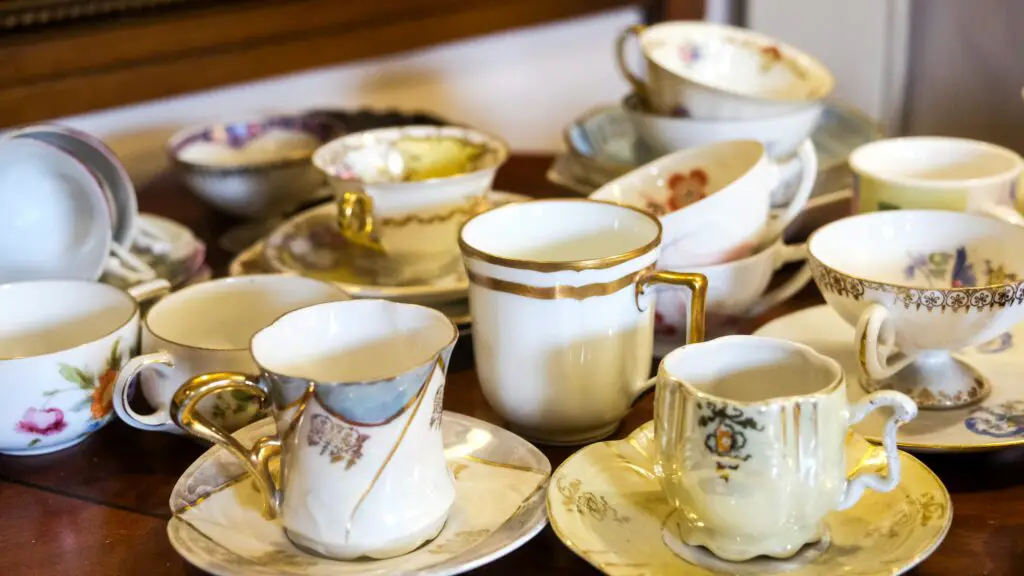
Hobbies and interests are put on full display in cluttercore, with collections of everything from stamps and vinyl records to vintage cameras and quirky toys becoming integral parts of the decor. These collections are not hidden away but are showcased on shelves, walls, and tabletops, adding a strong element of personality and reflecting the homeowner’s passions. This celebration of personal collections transforms functional storage into a form of self-expression and visual interest. The more extensive and unique the collection, the more it contributes to the cluttercore aesthetic.
The arrangement of these collections in cluttercore is often abundant and visually engaging, with items grouped together to create interesting displays. These personal collections tell stories about the homeowner’s life and interests, adding layers of meaning and character to the space. This embrace of personal passions as decor is a key differentiator from the often-impersonal aesthetic of minimalism, creating homes that feel deeply personal and reflective of their inhabitants.
12. Fairy Lights and Ambient Lighting
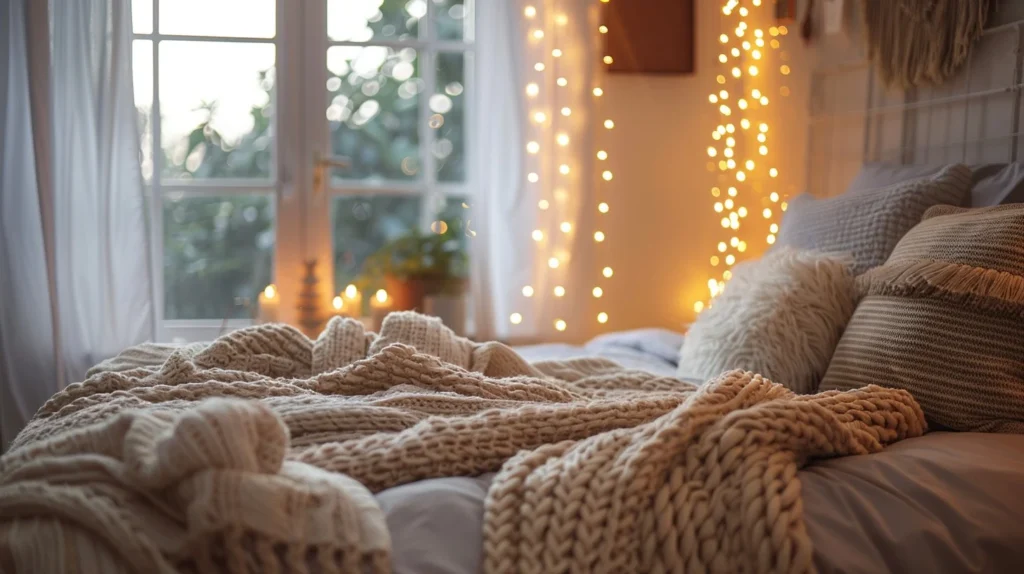
Creating a warm and inviting atmosphere is key in cluttercore, often achieved through the strategic and abundant use of fairy lights, lamps, candles, and other forms of ambient lighting layered throughout the space. This soft and diffused lighting adds a cozy and whimsical touch, enhancing the overall feeling of warmth and comfort. The layering of multiple light sources creates a multifaceted and inviting ambiance, contrasting with the often more direct and functional lighting in minimalist spaces. The more layers of warm light, the cozier and more inviting the cluttercore space becomes.
The placement of fairy lights and lamps in cluttercore is often intentional, highlighting collections, illuminating cozy nooks, and adding a touch of magic to the overall decor. This creates a warm and inviting atmosphere that encourages relaxation and a sense of well-being. The soft glow of ambient lighting complements the abundance of textures and objects, enhancing the cozy and lived-in feel of the cluttercore aesthetic.
13. A Celebration of Imperfection
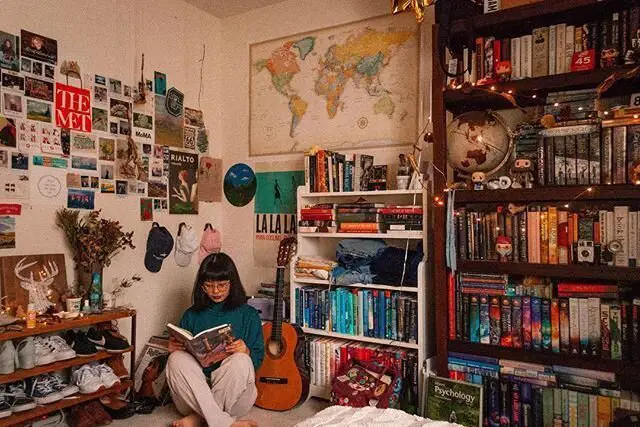
Unlike the striving for flawless order and pristine surfaces in minimalism, cluttercore embraces a more relaxed and accepting approach, celebrating the beauty of imperfection and the natural accumulation of life. Scratches on furniture, leaning stacks of books, and a bit of delightful disarray are not seen as flaws but as signs of a well-loved and lived-in home. This embracing of imperfection creates a more comfortable and less precious atmosphere, contrasting with the often-immaculate aesthetic of minimalist spaces. The more authentic and un-staged the space feels, the more it aligns with the cluttercore ethos.
This acceptance of imperfection in cluttercore reflects a focus on comfort and personal expression over strict adherence to design ideals. The goal is to create a home that feels welcoming and authentic, where life can unfold naturally without the pressure of constant tidiness and flawless presentation. This relaxed approach contributes to the overall warmth and charm of the cluttercore aesthetic, making the home feel more inviting and less intimidating.
14. DIY and Handmade Items on Display
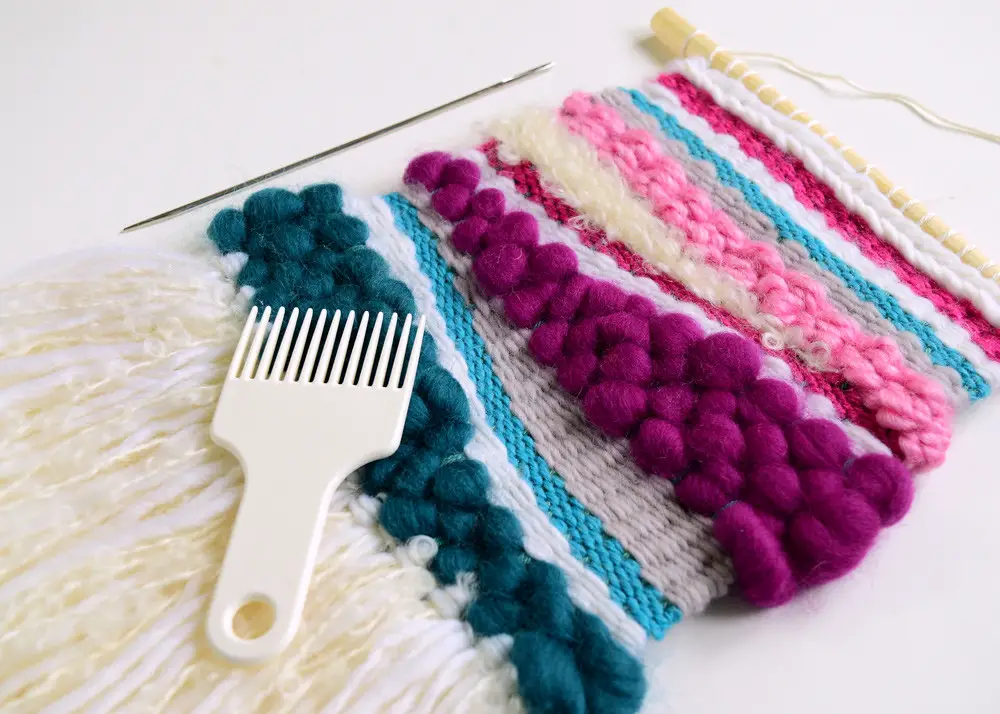
Personal touches are highly valued in cluttercore, with DIY projects and handmade items proudly displayed throughout the home, adding a unique and personal element to the decor. From hand-knitted throws to self-painted artwork and crafted ornaments, these items showcase creativity and individuality. This celebration of handmade elements contributes to the eclectic and personal feel of the cluttercore aesthetic. The more unique and personal the DIY and handmade items, the more character they add to the space.
The display of these DIY and handmade items in cluttercore reflects a desire for authenticity and a connection to the creative process. These personal touches make the home feel more unique and reflective of the inhabitants’ skills and passions. The incorporation of these one-of-a-kind pieces contrasts with the often mass-produced items found in minimalist spaces, adding to the individual charm and character of the cluttercore home.
